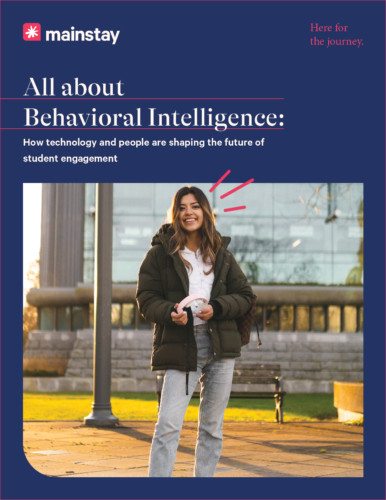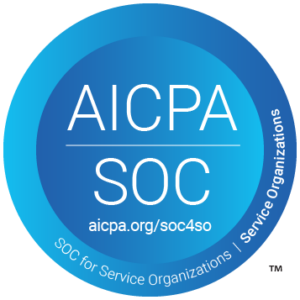Behavioral science is the study of human behavior. It enables a better understanding of why people make certain decisions, and it’s been used for decades to improve people’s lives — from diet and exercise to quitting smoking. When applied thoughtfully, behavioral science can be extremely useful in helping people achieve their goals — which is why it’s a key element of Mainstay’s Behavioral Intelligence approach.
Dr. Morgan Lee, a behavioral scientist who leads Mainstay’s research team, describes Behavioral Intelligence as a process for “understanding where a learner is at, predicting where they’re probably headed, and shaping their journey in a more positive direction without manipulating them.” Simply put, she says, “It’s up-front, honest communication to help them achieve their goals.”
So, what’s the difference between Behavioral Intelligence and behavioral science? And what makes Behavioral Intelligence so effective when it’s used to supercharge your engagement strategy? To answer these questions, let’s take a quick trip back in time.
A quick history of behavioral science
Most historians trace the history of behavioral science to the early 1900s, and the work of psychologists like John Watson.
These early researchers sought to understand the mechanisms of human and animal behavior by exploring both the reasons that drive certain actions and the ways those actions can be influenced. This led to groundbreaking studies like the “Little Albert experiment” of 1920, in which a young boy was conditioned to fear a white lab rat. That one example (and many others) demonstrates that while early research was critical to developing an understanding of behavior, it often relied on unethical practices that ignored — or actively subverted — the overall health of its subjects.
In the ensuing decades, the study of behavior has become significantly more sophisticated. With these advancements, the application of behavioral science has matured to solve countless problems. Specialty areas within behavioral science — like cognitive behavioral therapy and motivational inquiry — seek to use our understanding of behavior to encourage healthy habits and mitigate unhealthy ones.
Behavioral science is just one of the fields of study that inform Behavioral Intelligence — but there is more behind the methodology. Mainstay’s approach also taps into aggregate student insights and data analytics to understand and replicate the interventions that work best for each individual. This combination of disciplines enables a deep understanding of people. That understanding is what powers our platform and gives our partners the ability to offer the best possible guidance that leads to positive development and growth for students and employees.
A modern approach to Behavioral Intelligence
Fast-forward to 2014, when Mainstay’s founders Drew Magliozzi and Kirk Daulerio came together with a shared vision of making college access more equitable through technology. This vision — which resulted in Mainstay’s Engagement Platform — grew over time to support millions of students and employees with empathetic, conversational guidance.
Underpinning that technology is Mainstay’s approach to Behavioral Intelligence, which is rooted in experimentation and close partnership with hundreds of colleges and organizations. Our approach doesn’t rely on a single methodology. Instead, we lean heavily on the lessons and frameworks developed by the trailblazing behavioral scientists and data scientists that came before us, as well as our own experience and learnings. In the process, we’ve found that many existing scientific models align with — and further validate — our own research.
While behavioral science offers a solid foundation for Behavioral Intelligence, it is just one piece of the puzzle. By combining the best aspects of behavioral science, data science, artificial intelligence, human empathy, and contextual relevance, Behavioral Intelligence makes it possible for colleges and businesses to connect with people in meaningful ways and make a profound impact on their lives.
The result is an adaptable Engagement Platform that makes it easy to guide people toward achieving their goals in a variety of ways — from one-on-one, personal interactions to meaningful, relevant conversations at scale. No matter where your college or business is at today on your engagement journey, Behavioral Intelligence can support your objectives and adapt with you as your strategy matures.
Explore behavioral science’s role in Behavioral Intelligence

To explore the important role behavioral science plays within Behavioral Intelligence, download our white paper, “All about Behavioral Intelligence.”


